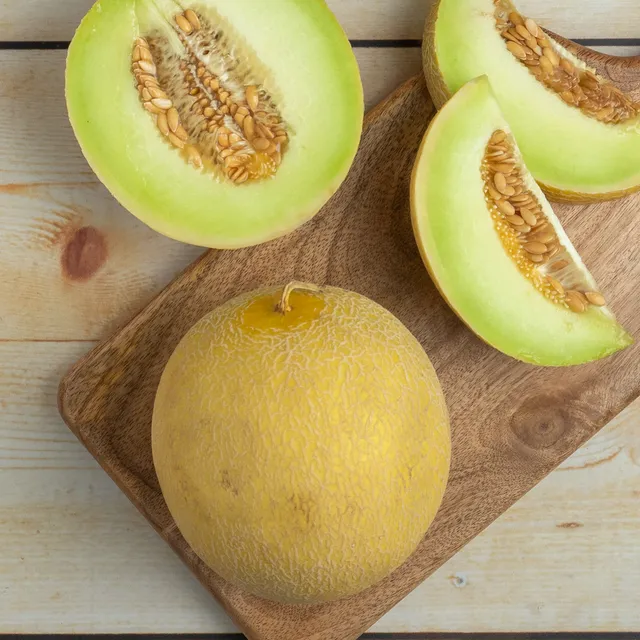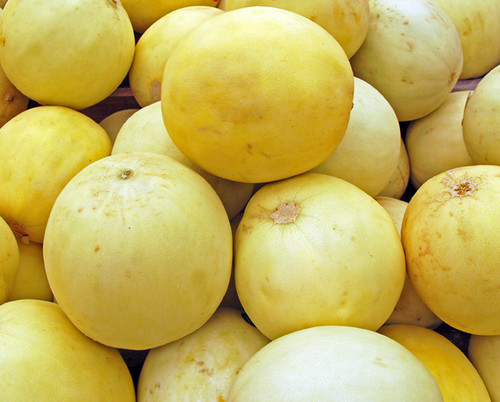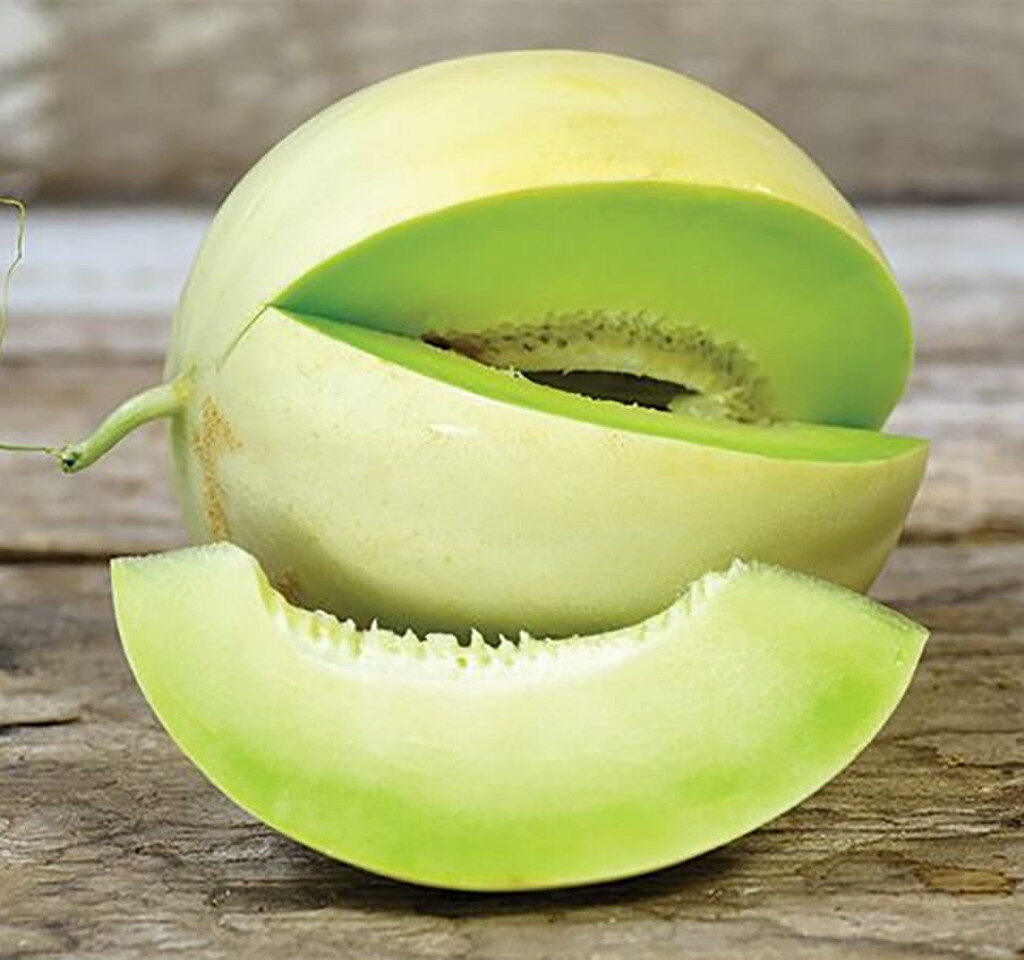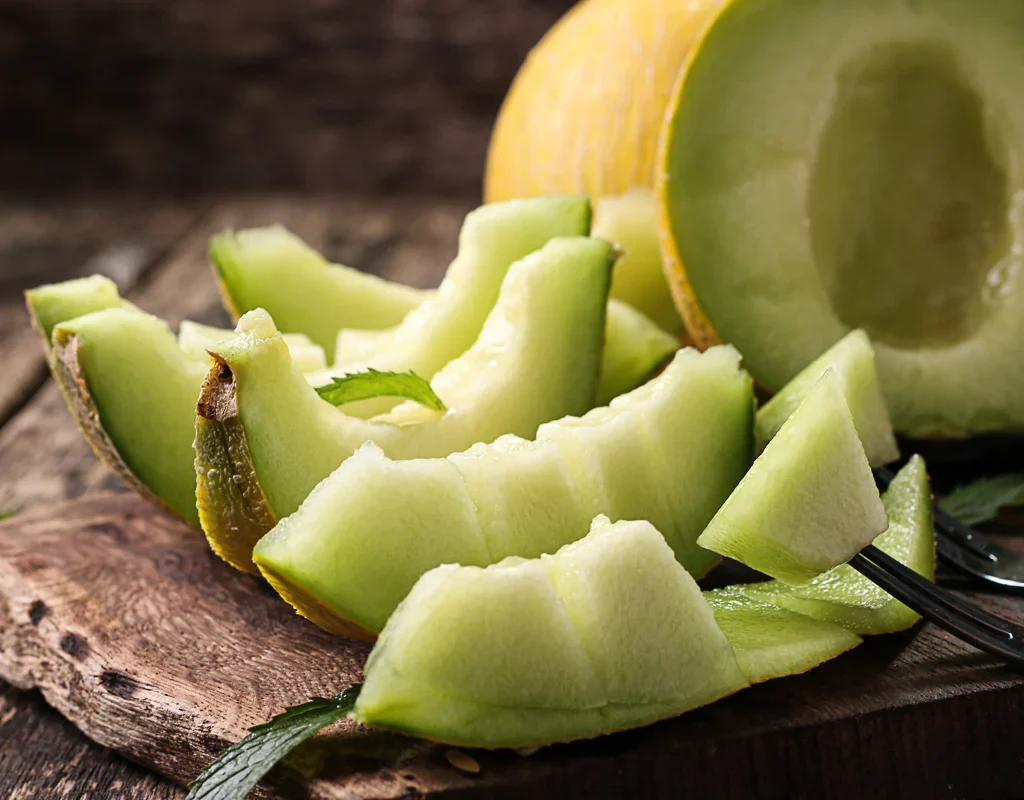Introduction: The Refreshing Charm of Honeydew Melons
When the sun is blazing and the heat of summer settles in, nothing beats the crisp, cool sweetness of a perfectly ripe honeydew melon. Known for its pale green flesh, succulent texture, and subtly floral aroma, the honeydew melon is a beloved fruit enjoyed around the world. It’s a staple in fruit salads, smoothies, summer desserts, and health-conscious diets thanks to its high water content and naturally refreshing taste.
While many countries cultivate this delightful fruit, a handful of nations have turned honeydew melon production into an agricultural art form. But which country claims the crown as the world’s largest honeydew melon producer? In this article, we’ll explore the global honeydew market, the nations leading its production, and uncover why one particular country stands head and shoulders above the rest.
What is a Honeydew Melon?

Before we jump into production figures, it’s worth understanding what makes the honeydew melon so special. Belonging to the Cucumis melo species, honeydew melons are closely related to cantaloupes and other muskmelons. Typically spherical or slightly oval in shape, they feature a smooth, pale rind and pale green to light yellow flesh. Honeydews are known for their juicy texture, mild sweetness, and refreshing quality.
Besides being delicious, honeydew melons are rich in vitamin C, potassium, and antioxidants, making them a healthy addition to any diet. Their high water content (about 90%) makes them especially popular in hot climates, where staying hydrated is a constant concern.
Global Honeydew Melon Production Overview
Honeydew melons thrive in warm, sunny regions with well-drained, sandy soils. Countries in Asia, North America, the Middle East, and parts of Europe have capitalized on their ideal climates to produce this thirst-quenching fruit both for local consumption and international export.
The global melon market, which includes both cantaloupes and honeydews, is substantial, with millions of tons produced annually. However, only a few countries dominate honeydew melon farming on a commercial scale, consistently supplying international markets and meeting growing consumer demand.
China: The Unchallenged Leader in Honeydew Melon Production

When it comes to sheer volume, China is by far the largest honeydew melon producer in the world. The country’s dominance in the global fruit market extends to nearly every type of melon, and honeydews are no exception.
Why China Leads:
- Vast Agricultural Land: China has extensive farmlands perfectly suited for melon cultivation, particularly in provinces like Xinjiang, Gansu, Hebei, and Inner Mongolia.
- Favorable Climate: The country’s warm summers, long daylight hours, and arid regions provide the ideal environment for growing sweet, high-quality honeydews.
- Advanced Farming Techniques: From traditional open-field farming to modern greenhouse systems, Chinese farmers have embraced a range of methods to boost yield and improve fruit quality.
- Rich Agricultural History: Melon cultivation in China dates back thousands of years, giving farmers generations of expertise in growing melons tailored to specific regional preferences.
China produces millions of tons of honeydew melons annually, most of which are consumed domestically due to the country’s enormous population and fondness for fresh fruits. However, China also exports considerable quantities to neighboring Asian countries, the Middle East, and parts of Europe.
Specialty Varieties:
China’s honeydew melons are known for their firm, aromatic flesh and balanced sweetness. Varieties like the “Hami Melon” from Xinjiang, though technically a hybrid, often resemble honeydew melons in flavor and appearance and are immensely popular both in China and abroad.
United States: A Major Producer in the Americas
Though it doesn’t match China’s production figures, the United States is one of the top honeydew melon producers globally, primarily catering to North American markets.
Key Growing Regions:
- California: Particularly the Central Valley, where long, hot summers and fertile soil provide excellent growing conditions.
- Arizona and Texas: These states also contribute significantly, with large-scale commercial farms producing melons for both local markets and national distribution.
Characteristics of U.S. Honeydews:
American honeydews are celebrated for their firm texture, consistent sweetness, and long shelf life. Farmers in the U.S. have selectively bred honeydew varieties that are disease-resistant and better suited for transport, making them ideal for supermarket chains and export.
The U.S. exports honeydew melons primarily to Canada and the Caribbean, while also importing off-season melons from Latin America to meet year-round demand.
Turkey: A Key Player in the European and Middle Eastern Market

Turkey is another significant honeydew melon producer, especially within Europe and the Middle East. The country’s rich soils and diverse climate zones allow for a long growing season, from late spring to early autumn.
Why Turkey Excels:
- Ideal Growing Conditions: Turkey’s Mediterranean and Anatolian regions offer perfect weather and soil for melon cultivation.
- Strong Domestic Market: Melons, including honeydews, are a staple in Turkish cuisine, particularly during Ramadan.
- Strategic Location: Turkey’s position at the crossroads of Europe and Asia makes it an ideal exporter to both continents.
Most Turkish honeydew melons are enjoyed locally, but a growing export market to EU countries and Russia has increased production in recent years.
Spain: Europe’s Top Honeydew Melon Exporter
Spain holds the title of Europe’s largest honeydew melon producer and exporter. Spanish honeydews are grown predominantly in Murcia, Almería, and Valencia, where the sunny Mediterranean climate ensures ideal growing conditions.
Notable Aspects:
- High-Quality Varieties: Spanish growers specialize in varieties like ‘Melón Verde’, known for their crisp, sweet flesh and excellent aroma.
- Export-Oriented Production: A large percentage of Spain’s honeydew harvest is exported to Northern Europe, the United Kingdom, France, and Germany, where demand spikes during summer.
Spain’s reputation for producing premium-quality honeydew melons has made it a favorite in European supermarkets, especially during the warmer months.
Iran: A Historic Melon-Growing Nation

Iran’s centuries-old melon farming tradition includes honeydew melons, which flourish in the country’s arid regions and fertile valleys.
Why It Matters:
- Rich Agricultural Heritage: Melons have been cultivated in Iran for thousands of years, featuring prominently in Persian cuisine.
- Exceptional Flavor: Iranian honeydews are noted for their intense sweetness and unique, aromatic taste.
- Regional Export: Most melons are consumed locally, though some are exported to neighboring countries in the Middle East and Central Asia.
Egypt: A Rising Star in Melon Farming
Egypt has rapidly expanded its honeydew melon production over the past decade, capitalizing on its fertile Nile Delta and long growing seasons.
Key Factors:
- Ideal Climate: Warm, sunny weather year-round supports continuous cultivation.
- Export Growth: Egypt has become a reliable supplier of honeydews to Europe, the Middle East, and North Africa.
Egyptian honeydews are known for their uniform size, firm texture, and pleasing sweetness, making them highly marketable internationally.
Conclusion: China Reigns Supreme in Honeydew Melon Production

In conclusion, China holds an unchallenged position as the world’s largest honeydew melon producer. Its combination of vast farmland, favorable climates, ancient farming traditions, and modern agricultural advancements has secured its dominance in the global market.
While other countries like the United States, Turkey, Spain, Iran, and Egypt also contribute significantly to worldwide honeydew melon production, none can match the scale and consistency of China’s output.
As global demand for refreshing, healthy fruits like honeydews continues to grow, these nations are expected to expand their production capacities further, ensuring that this sweet, hydrating fruit remains a summertime favorite around the world.





